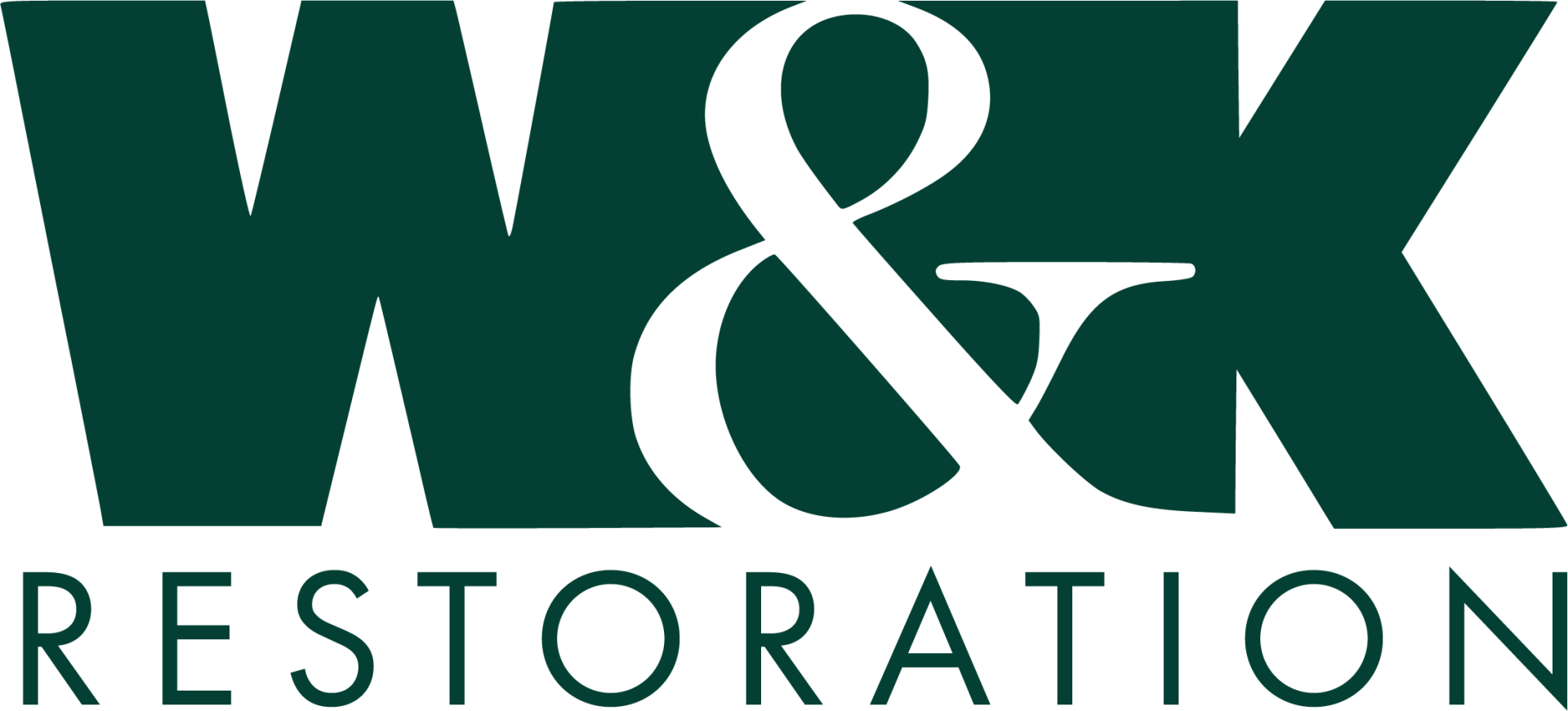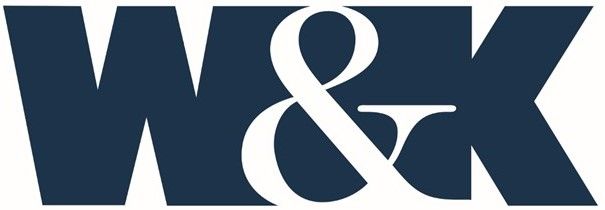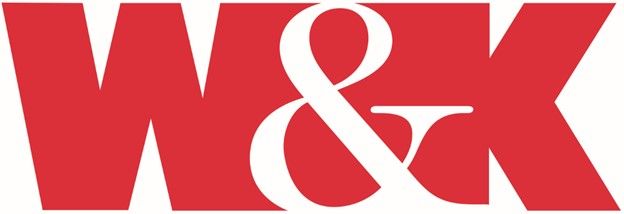Understanding Insurance Claims for Property Damage Restoration
Property damage can strike unexpectedly—whether it's from a burst pipe flooding your basement, a fierce storm ripping off your roof, or a fire causing widespread destruction. In these stressful times, your insurance policy can be a lifeline, helping you restore your home or business to its pre-loss condition. But navigating the insurance claims process can feel overwhelming, especially if you're dealing with the aftermath of a disaster. At W&K Restoration, a family-owned disaster recovery company based in East Hartford, CT, we've helped countless clients through this journey. In this blog post, we'll break down the essentials of insurance claims for property damage restoration, drawing on industry best practices to make the process clearer and less daunting.
What is Property Damage Insurance?
Property damage insurance is designed to protect your home, business, or personal belongings from unexpected events. It typically covers repair or replacement costs for damages caused by perils like fire, water, wind, hail, or vandalism. Policies vary, but most homeowners' insurance (HO-3) or commercial property insurance includes coverage for the structure, personal property, and additional living expenses if you're displaced.
Understanding your policy is crucial: Not all damages are covered. For instance, standard policies often exclude flood damage (which requires separate flood insurance) or gradual wear and tear. Always review your policy details, including deductibles, limits, and exclusions, before a loss occurs. At W&K Restoration, we specialize in guiding clients through these nuances, ensuring you maximize your coverage for water, fire, storm, and mold damage.
Types of Damage Commonly Covered
Insurance claims for property damage restoration often fall into several categories:
- Water Damage: From leaks, bursts, or storms. Quick action is key to prevent mold growth.
- Fire and Smoke Damage: Covers structural repairs, content cleaning, and odor removal.
- Storm Damage: Includes wind, hail, or fallen trees impacting your property.
- Mold Remediation: If resulting from a covered peril like water damage.
Other common claims involve vandalism or accidental impacts. Remember, the goal is to restore your property to its pre-loss condition, subject to your policy limits. Our team at W&K has handled hundreds of these cases, working directly with insurers to streamline approvals.
Steps to File an Insurance Claim
Filing a claim doesn't have to be complicated if you follow these structured steps:
- Assess and Document the Damage: Safety first—ensure the area is secure. Then, take photos, videos, and notes of all affected areas and items. Thorough documentation strengthens your claim.
- Notify Your Insurer Immediately: Contact your agent or company representative right away. Ask about coverage, deductibles, and next steps. Delays can complicate approvals.
- Meet with the Adjuster: An insurance adjuster will inspect the damage. Be present to point out issues and provide your documentation. They may recommend restoration contractors.
- Choose a Restoration Partner: Select a reputable company like W&K Restoration for mitigation and repairs. We provide detailed estimates and work with your adjuster for seamless coordination.
- Review the Settlement: Insurers often issue an initial advance, followed by the full settlement. Payments can be in actual cash value (depreciated) or replacement cost value. If discrepancies arise, you can negotiate or involve a public adjuster.
- Complete the Restoration: Once approved, repairs begin. Keep records of all expenses for potential supplemental claims.
By following these steps, you can expedite the process and avoid common pitfalls.
Common Mistakes to Avoid
Even seasoned homeowners make errors that delay claims or reduce payouts:
- Delaying Notification: Time is critical; waiting can lead to denied claims for "failure to mitigate."
- Inadequate Documentation: Without proof, insurers may undervalue your loss.
- Starting Repairs Too Soon: Avoid major work before adjuster approval to prevent disputes.
- Not Understanding Policy Exclusions: Assuming everything is covered can lead to surprises.
- Going It Alone: Handling complex claims without professional help often results in lower settlements.
At W&K, our 24/7 emergency response team helps you sidestep these issues from day one.
How W&K Restoration Can Assist
As a full-service disaster recovery company, W&K Restoration doesn't just clean up—we partner with you and your insurer for a smooth recovery. We offer:
- Direct Insurance Billing: We handle paperwork to reduce your stress.
- Expert Assessments: Using advanced tools for accurate damage evaluations.
- Comprehensive Services: From emergency mitigation to full reconstruction.
Our goal is your full recovery, ensuring claims are filed strategically for maximum reimbursement.
Tips for a Successful Claim
- Read your policy annually and update coverage as needed.
- Maintain an inventory of valuables for quicker personal property claims.
- Work with certified professionals—IICRC-certified like our team at W&K.
- If denied, appeal with additional evidence or legal advice.
- Consider preventive measures, like regular maintenance, to minimize future risks.
Understanding insurance claims for property damage restoration empowers you to act confidently during tough times. While the process can be intricate, partnering with experts makes all the difference. If you're facing property damage in Connecticut, contact W&K Restoration today at (860) 282-8938 for immediate assistance. We're here to restore not just your property, but your peace of mind. Stay safe, and remember—preparation today protects tomorrow.







